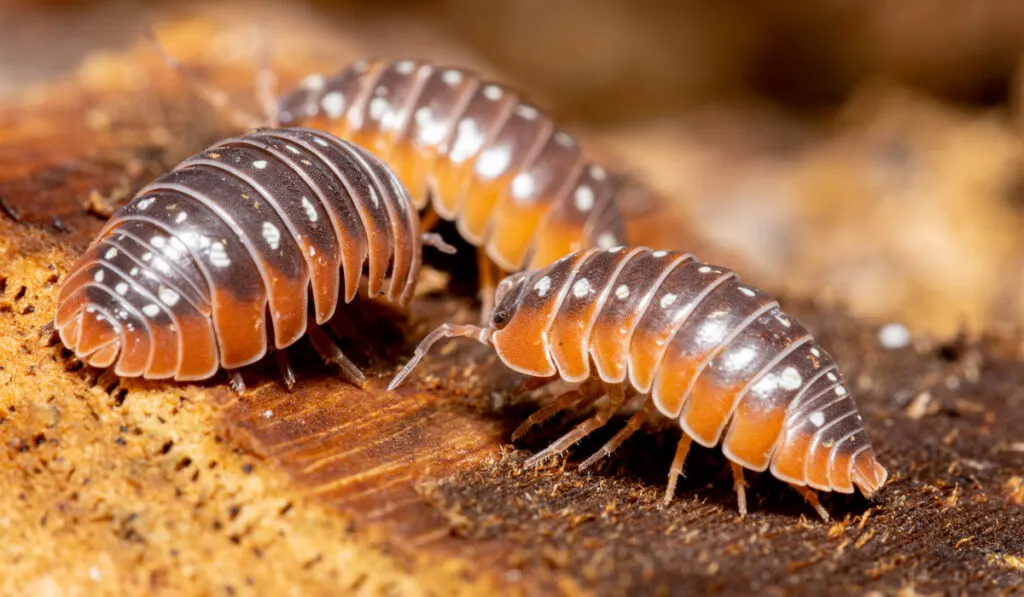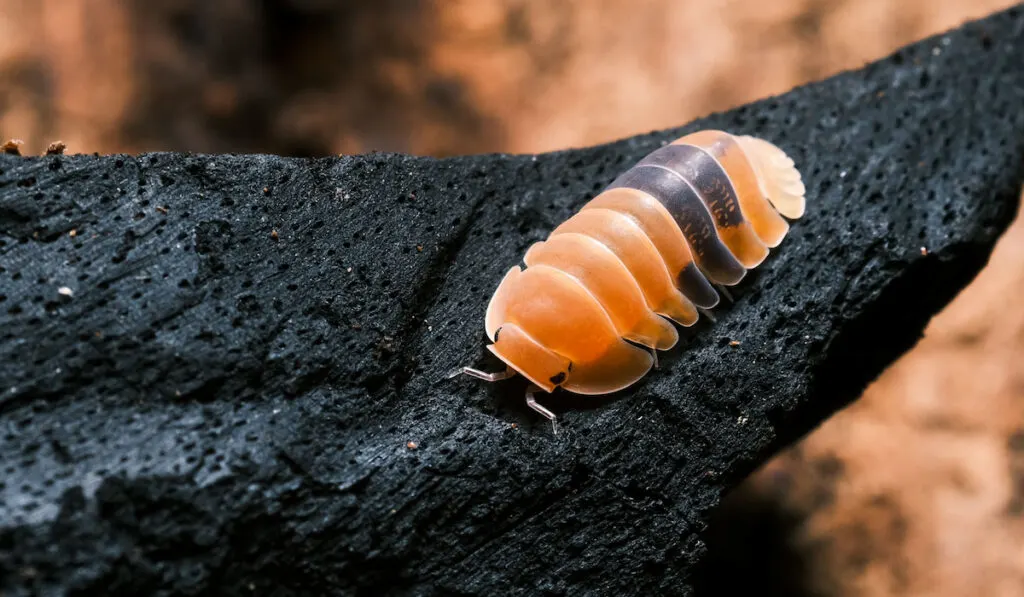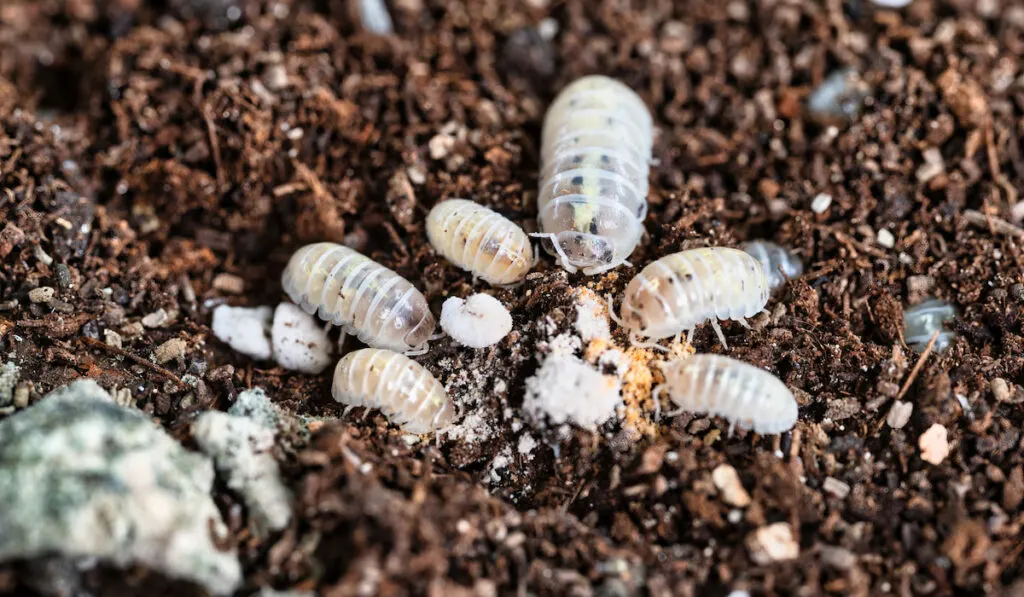
There is no shortage of interesting new discoveries being made in the animal kingdom, especially pertaining to smaller insects and crustaceans. The mysterious nature of most bugs makes it hard to know just how they interact with their surroundings in a meaningful way.
This is especially true when you talk about isopods, who have one of the more unique ways of sniffing out food sources around them.
Unlike humans and most mammalian creatures, the isopod will not sniff things out with a pair of twitching nostrils. Instead, they can use their antennae to detect the smells around them.
Their sense of smell is used in a variety of ways, such as finding where their next meal will be, how dry the area they are moving through is, and much much more!
Below we will cover all the ways isopods use their sense of smell to help survive along with several other sensory abilities the isopod possesses!
Table of Contents
How Do Isopods Use Their Antennae?
The careful nature of most pillbugs is how they stay alive in areas where they usually are on the lower end of the predator totem pole. Their antennae can help them suss out areas that are going to be suitable for them to live in without losing moisture or nutrients.
The antennae are so important to isopods that one without its four helpful transmitters will soon die due to their inability to detect the more livable parts of their environment.
Antennae Do the Heavy Lifting for Their Eyes
Isopods do have compound eyes, though they work a little different than our own.
Their eyes are used to detect variations in light, which helps them scamper off or assume a defensive position when they detect the presence of a predator.
They use these helpful tools to determine when a location is dim enough for them to venture out safely. Their antennae serve several different purposes that are essential for the survival of the skulking isopod.
They can use the antennae as their own personal thermometer to determine the temperature around them and where they can go to find more suitable lodgings.
The antennae also work to detect the moisture nearby, which is as essential as air to us, as this moisture will allow their external lungs to breathe.
The Antennae Can Detect Scent

It’s a bit hard to wrap your head around, but they indeed use their four antennae to pick up different aromas in their immediate vicinity.
This allows them to find food and gives them direction when they are moving toward a new spot. Additionally, they can smell the dryness in the air which allows them to avoid spots that would prove difficult for them to breathe in.
The importance of their antennae cannot be understated. Isopods can have as few as two antennae or two pairs, depending on which type of isopod it is.
If these antennae are removed in skirmishes or some unfortunate accident, the isopod will soon perish as it is unable to find areas to breathe and eat in.
To offer an example, imagine being placed in a forest with your ears and nose plugged airtight, and your eyes are permanently blindfolded. Once a creature loses these valuable senses, it will struggle to survive.
The Antennae Can Detect Pesticides and Harmful Chemicals
Unlike the feeble human nose, with its unsightly nostrils and cumbersome bridge, the isopod antennae can actually warn it of plants and soil that possess toxic chemical agents.
The far superior (and more aesthetically pleasing) antennae of the isopods can detect things that range from the nitrogen on plants, pesticides, rising water levels, and even the moisture surrounding them.
This has kept them safe from the toxicity of the plant amendments humans place in their garden, while also giving them clues as to what may be safe to eat.
Isopod Antennae Can Regenerate

One of the more interesting aspects of isopods is their ability to create new limbs and extremities through the molting process.
Their ability to regenerate antennae is entirely circumstantial and depends on how close to the molting process they lost their helpful transmitter. If they lose all of them at the same time, unless they are very close to shedding, they will probably perish.
This process is not just limited to the antennae, however. Isopod species have been known to regenerate lost limbs or heavily damaged ligaments. It should be said that the human nose is also incapable of regeneration, only furthering the isopod antennae’s lofty evolutionary lead.
Conclusion
One of the most fascinating aspects of sentient life is the several differences one can observe from different species of animals, mammals, crustaceans, and insects.
The isopod is a fascinating pet to have for this reason as you get to observe the incredible existence of these burrowing bugs. So now when you are watching your colony of crustaceans you can be green with envy at the tip-tap of their unmatched antennae!
